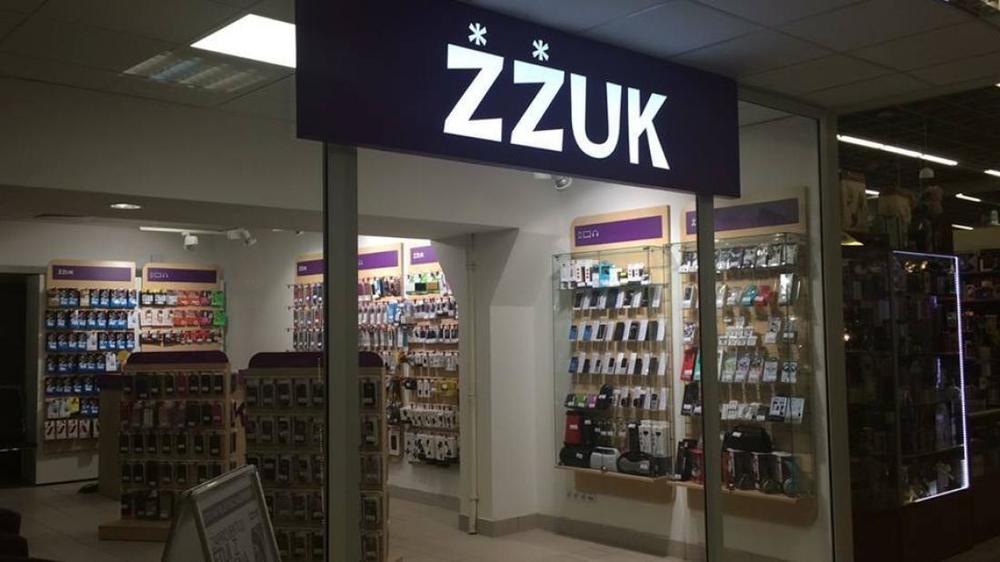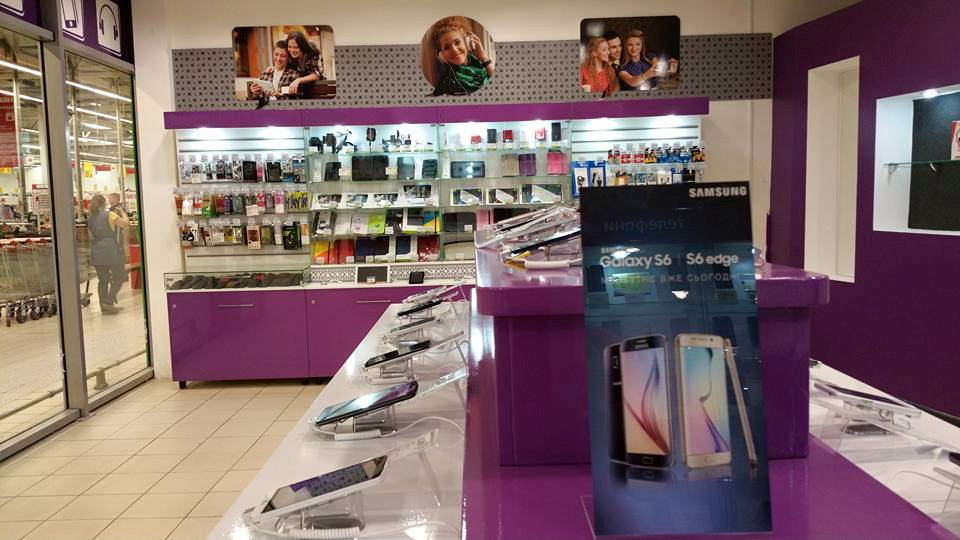“I hadn't seen another inventory management system better suited for sporadic demand than Forecast NOW! The primary value of this software for us is its probabilistic forecasting capability," states the Inventory Management Head of the retail network Zzuk.
About the Company
Zzuk is a retail chain specializing in home appliances, electronics, and gadgets. At the time of system implementation, the company operated over 550 stores with a product range exceeding 5000 SKUs.

Inventory Management Specifics
The electronics and home appliances market dynamics in supplier and vendor interactions greatly differ from those of the food and consumer goods market. The market is brand-driven; brands enjoy customer loyalty, dictate marketing strategies, and consequently, hold a stronger negotiating position.
Product assortments are managed based on so-called price points, each potentially representing multiple product variations. For example, the Samsung Galaxy A32 smartphone can come with either 64GB or 128GB of internal storage. In retail outlets, a single slot is allocated for this product line. Inventory management is conducted in the aggregate at the slot level, irrespective of which model variant is in stock.
Suppliers and equipment importers often face product shortages. Each time an order is placed, it remains uncertain which model variant of a particular slot will be available for order from the supplier. Without integration with the suppliers' information systems, fully automating this part of the process is virtually impossible.
Over 50% of the network's store inventory is presentation stock, and the product assortment continually expands or contracts depending on seasonality and other factors.
Reasons for Software Implementation
The new head of the Inventory Management Department was tasked by the company's top management with restructuring the inventory management function. This directive arose from dissatisfaction with the current inventory management efficiency indicators: low inventory turnover, low on-shelf product availability, high investment in stock, and a high proportion of non-matrix items in inventory.
To address these issues, a review of the Inventory Management Department's operations and the development of a more effective system (in a broader sense) was deemed necessary. To enhance inventory management accuracy, it was decided to implement a specialized inventory management information system. Until then, all supplier orders, store replenishment orders, and product return orders from stores to distribution centers were manually calculated using Excel.
System Selection
"We analyzed the market and evaluated the available solutions for us, considering four options in total. We settled on Forecast NOW! for two primary reasons.
The first one is Probabilistic Forecasting. The demand for our products is sporadic and carries a low degree of predictability. Most forecasting models used in other available solutions are usually statistical models, based on correlational-regression or extrapolation methods. However, our sales do not follow a curve aligned with certain patterns and dependencies; they rather resemble a set of peaks ranging from 0 to 1, sometimes 2-3 per order cycle. The deviation from the average value, as well as the average forecasting error in this case, are quite substantial and do not allow for effective inventory formation. In the past, I encountered situations where systems with traditional forecasting methods were applied to manage products with unpredictable and extremely low (in absolute terms) demand. Unfortunately, in these instances, the desired outcome was never achieved. In my opinion, probabilistic forecasting is best suited for products with such a demand model.The second reason is the system's flexible settings. A vast array of parameters enables the system to be configured appropriately, ultimately enhancing the efficiency of inventory management”, - Head of the Inventory Management Department
Implementation and Initial Use
The system operation commenced at the beginning of March 2020. Two individuals were involved in configuring the software within the company - the project curator and an analyst.
Inventory management in the company is divided into three separate processes: replenishment of retail points from the Distribution Center (DC), orders to suppliers, and returns from retail points to the DC due to the occurrence of so-called "imbalances" and narrowing of the product range.
It took about one and a half months from the initiation of the implementation to fine-tune the retail points replenishment process with the help of Forecast NOW!, excluding the time spent on integration with ERP. This phase included the loading of historical data, system parameter setting, and testing.
Approximately two months were devoted to adjusting the process of returning goods from retail points to the DC, aiming to fully automate these processes.
About a week was spent on configuring the supplier orders to the DC. Another week was required to correctly adjust the parameters. In Forecast NOW!, the need for goods is calculated automatically, forming an order. The order then proceeds to suppliers, and afterward, based on the availability of items with the suppliers, it is manually coordinated with managers. Often, product items may slightly vary from each other (by color, memory size, etc.), but essentially represent the same price point. To accurately account for the stock of such goods, according to Head of Inventory Management, the functionality of managing analogous goods, implemented in the software, is very helpful.
Every morning, the responsible specialists receive notifications via email about the quantity of goods that have been formed and to which retail points they will be sent. The calculation of needs and the creation of orders for replenishment and return to the DC occurs entirely automatically, without additional oversight by managers.

Results
- The overall inventory was reduced by 11%.
- The availability of goods in retail points increased by 6%.
- Turnover rate increased by 10%.
- Over 10 man-hours are saved daily. By 8 AM, the managers at the office and the Distribution Center (DC) already have orders prepared for shipping to retail points. Previously, managers were only able to calculate the distribution of goods by 11 AM. This has allowed us to optimize the processes at the DC and enhance its throughput capacity.
- Unfortunately, the system launch coincided with the onset of the global lockdown due to the COVID-19 pandemic, which made the achieved results lose their relevance due to the natural decrease in demand.
“For us, the primary value of ForecastNOW! is its probabilistic forecasting, as it allows working with sporadic, unpredictable demand. Second, the system's very flexible settings enable efficiency for different SKUs. Third, high-quality technical support. Emerging issues are resolved quickly and proficiently; we receive exhaustive responses and solutions to all our inquiries, which is highly valuable for us. Fourth, the system can balance in different directions. It can not only replenish stores but also make returns to the DC, and if necessary, perform direct balancing between stores,” - Head of Inventory Management Department.



